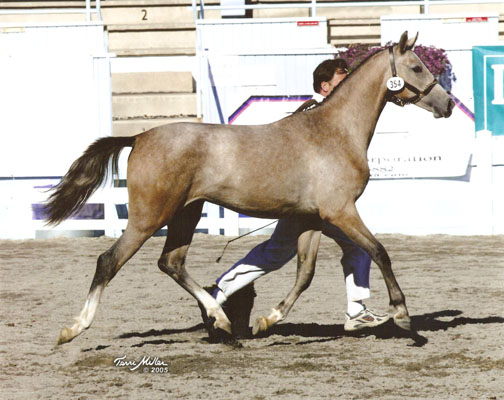[QUOTE=SportArab;6698896]
Endurance is generally thought of as a function of heart/lung. Mitochondria are very important since they are the power plants of the cells. I would guess that Arabians have exceptional mitochondria.
I’ll look for the cavalry study for you. I found it interesting myself.[/QUOTE]
Endurance really does not have anything to do with the “quality” of mitochondria. As a vet student I have actually NEVER heard of anyone claiming that mitochondria can be “exceptional” or less than exceptional. Yes the number of mitochondria affects a horse’s ability to be an efficient endurance mount, but you want more in your skeletal muscle fibers and you want to increase them in size. But last I checked there was no difference in quality of mitochondria.
When a horse starts training for endurance riding, yes you will see a change in mitochondria but it won’t be in the heart or lungs, it will be in the skeletal muscle. The heart changes to become a more efficient pump by decreasing the heart rate but increasing the stroke volume which changes the cardiac output, and reducing blood viscosity to reduce turbulence. Nothing changes about the mitochondria in the heart. So much more goes into making the heart an efficient pump than the mitochondria in its cells.
But a big thing that influences the endurance of an animal is the type of skeletal muscle fibers they have. Most endurance horses have slow twitch fibers because they are fairly resistant to fatigue which is critical for endurance. The only issue with the type of muscles is that if you are predisposed to have more fast twitch (like for sprinting) there isn’t really much you can do to change that. So it could be that Arabian horses simply are predisposed to more slow twitch fibers making them good endurance mounts but without any research into that matter no one can really say.




